|
I am heading off to Olds College on Saturday for my favourite time of the year; Fibre Week. This trip in the past has been filled with classes, wool shows, shopping, relaxing, knitting and spinning. I get to surround myself with everything I love most and spend the week in a dream state. I am on partial business this year as I have been hired a Wool Judge for the Custom Woolen Mills fleece show and sale. I have been wanting to do this since I took the wool judging course at Olds in my first year there. Since that time I have judged fleeces in all 3 prairie provinces. I am very proud of myself for that. I have always been an advocate for education and each fleece is a new learning experience. There is a lot to learn with wool and thats one of the many reasons I love it so much.
In my Tom Bihn Swift I am bringing (from left to right): - Ball Winder for plying - Crochet shawl WIP (almost finished) - Skein of Falkland handspun for a new shawl - Knitting shawl WIP (almost finished) - Interchangeable needles - Notions pouch - Niddy noddy - 5 braids of fibre - hoping to spin one skein a day on my wheel (Corriedale, Romney, Merino/Cashmere/Nylon, BFL/Nylon, Shetland - Spindle WIP - spinning 3 cops on my Malcolm Fielding Interchangeable spindle, to 3 ply and make sock yarn. Fibre is an alpaca/merino/nylon blend from Twisted Sisters (bought at Olds) This is the second cop almost finished. - Bare spindle for the spin-in - Tabachek Mini - Bare supported spindle Miss Lucy Tibetan - Kromski Travel Wheel (not pictured)
4 Comments
Jeremy and I were invited out to Golden Willow Farm, owned by Sharon & Lloyd (Golden Willow Natural Fibre) to help with shearing. As some of you may know, Jeremy and I had looked into owning alpacas of our own when we were first looking to buy a house. I am hoping that this wish will come true some day. We started with all the males and they seemed relatively calm. The way alpacas are shorn is quite interesting. The shearer is ready standing at his table which looks like it has been turned on its side. The alpaca is lead to the table and stands over a couple straps which are then picked up and wrapped under the belly. The shearer then pulls the straps up and brings the alpaca right against the table. Then it takes the muscles of several others to help flip the table upright so the alpaca is laying on top of it. The front and hind legs are then put in harnesses which ensures the safety of the animal and everyone helping. Jeremy then takes off their headgear and holds their ears tight. This makes them wiggle around less. Alpacas are really drawn to Jeremy. At other farms we have been at, they are always very interested in him and come over to check him out (while humming). He was the perfect man for the ear holding job. Lloyd then cut the nails and looked at their teeth. Once one side is finished, the alpaca is flipped over and the other side is sheared. With this set up, when the alpaca is finished the table is then turned in the other direction and the alpaca is lowered in the same way with straps under its belly. They were quite glad to be finished and promptly ran outside to roll in the dirt and hay.  Sharon's daughter made a really amazing lunch with ham, fruit, buns, salads and wine. I found this handsome guy outside. He looked just like Rider. The ladies were next and they weren't too happy. They had all morning to watch the action so they knew what they were in for. The males kept seeking peaks at the females every chance they got. A couple of the females were spitters and Lloyd had a good idea to help with this issue. Whenever they had stray socks come out of the laundry they put them in a bag, the socks work great to put over the mouths of the alpacas and collect the spit. I did feel bad though, some of the ladies were making some pretty sad sounds. The females were pretty smart trying so show their displeasure and were being difficult when it was their turn.  I'm sure they felt better when it was all over. Right when the last alpaca was finished, it started to rain and they all seemed to like it. The fibre.... the fibre was just gorgeous! Sharon was showing myself and two other ladies (Carole & Mararet) how to sort alpaca fibre. It was also interesting how one fleece was split up, if it had a grade of 3, we would go through the fibre and skirt out all the guard hair and junky areas and throw them away. What was left was either sorted as a Grade 3 or rug fibre. Each colour had its own bag as well. Just look at the fibre colours and the crimp. Sharon also let the three of us split up a fleece with a grade of 1 (very fine) in a warm caramel colour. After all the shearing we had the bags all sorted and ready to be shipped off for processing.
 Maker: Made in India Weight: 20 g / 1/4 oz Length: 7" Shaft 1" Whorl Style: Tahkli Support Spindle Brass Whorl, Metal Shaft These spindles are made for spinning short stapled fibres like cotton much easier. Alden Amos says that until recently, they were almost always used exclusively for cotton. Especially in India from the 10th century on. My sample isn't quite finished yet. I am spinning using punis, which are made from hand carded cotton and rolled into a tight rolag. I find they make cotton spinning easier because they are the perfect size and all you need to do is simply hold the puni in your fibre hand and let the spindle do all the work. I am spinning 10 punis at a time to make my skeins. I just LOVE cotton spinning, and at first I had a real hard time "getting it". After practicing on my charkha and my bead spindle it just clicked one day. I also gained a lot of inspiration from my friend Deb, who has done wonderful things with cotton and written about them in Spin-Off magazine and other publications (and she let me use her Bosworth charkha <3!) I have had this spindle for a long time and this is the first time I have actually used it.
Because the shaft is so skinny, you can fit more yarn on these than you may think. I have about 6 punis on this spindle currently and have lots more room. 10 punis is about 13g (3/8 oz) of fibre in this case. This spindle holds its spin for a very long time and I find I'm the one stopping the tahkli and not the other way around. On any flat surface this spindle will go and go and with little effort. It's quite comfortable in my hand and you really don't need to worry about breaking it too easily. There is more a chance of you stabbing your hand or leg (be prepared for that). This isn't the prettiest spindle either, but it doesn't need to be. It does its job and it does it very well. One thing I am not very happy about is that after spinning for a while, my hand smells like metal and sometimes feels sticky. **Whenever you go to thrift shops, it's important to keep an eye out for "spindle cases" and "spindle bowls". You would be surprised to hear some people use them for candles, tea bags or food. How silly of them! Spindle rating: Length of spin: 23.9 seconds (average of three tests) Fibre storage ability: Not to shabby Looks: Better than bad Overall Rating: 8.5/10 If you are interested in giving cotton a try, pick one of these up. You can find them all over the place and they usually range from $13 - $20 or you can get them in many learn to spin cotton kits OR you can make one yourself. If you look in The Big Book of Handspinning by Alden Amos, he gives instructions for making one from a coin and a dirt bike spoke. Kinda cool.
|
Follow Me:PatternsCategories
All
Archives
August 2023
|







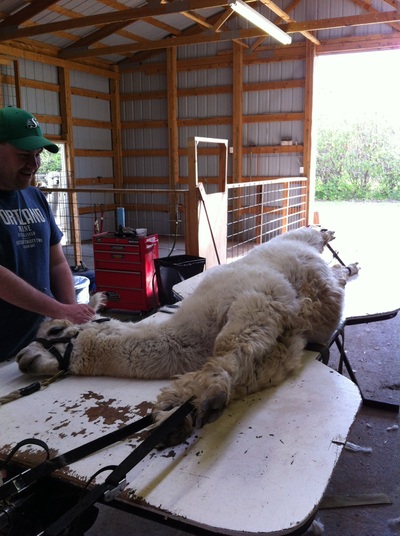



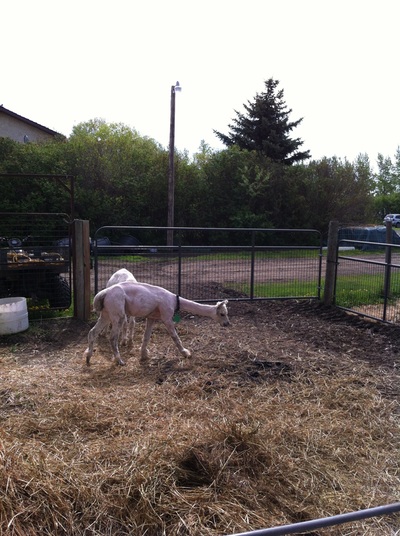










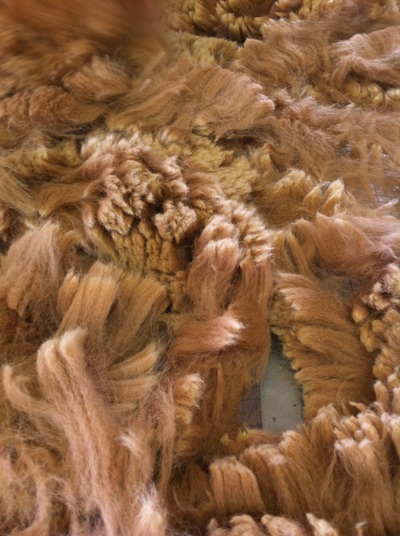


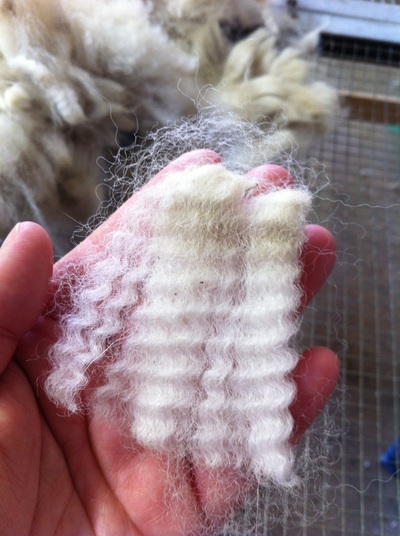

















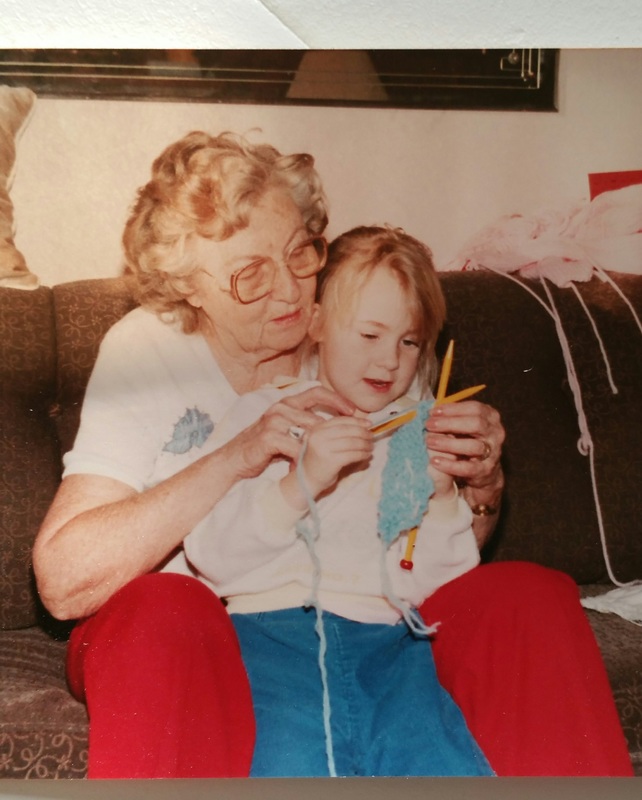





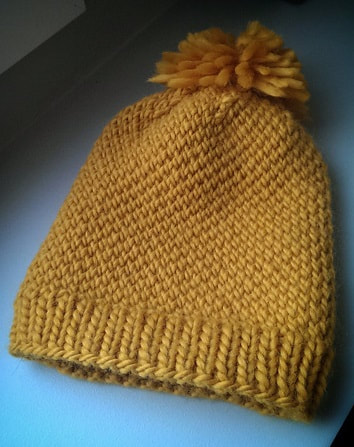

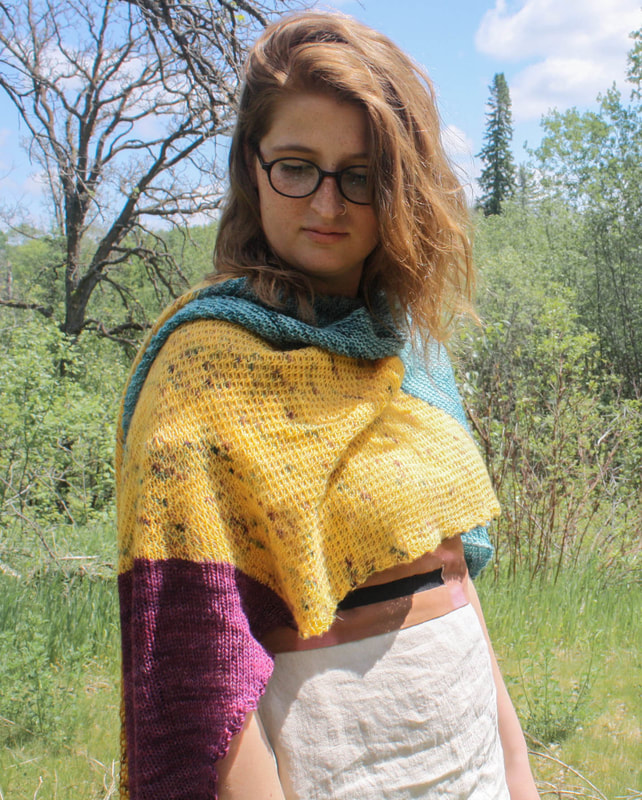
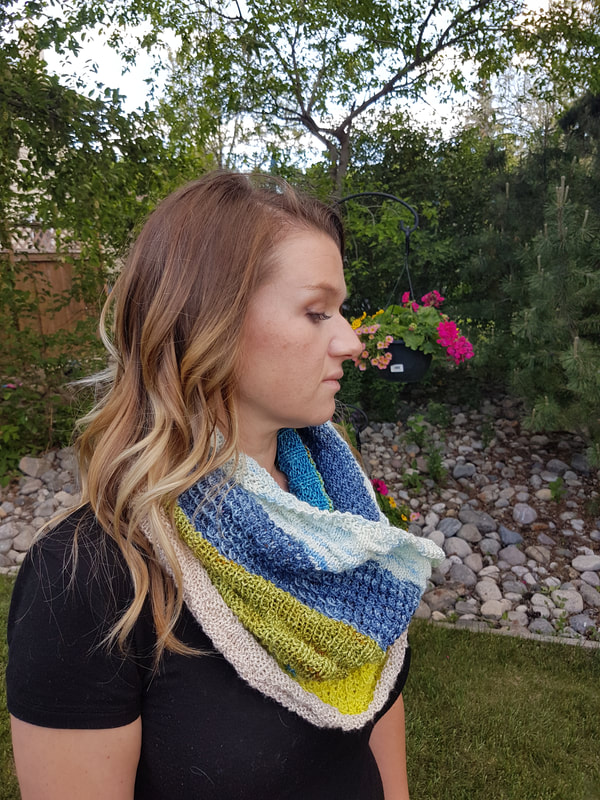







 RSS Feed
RSS Feed
